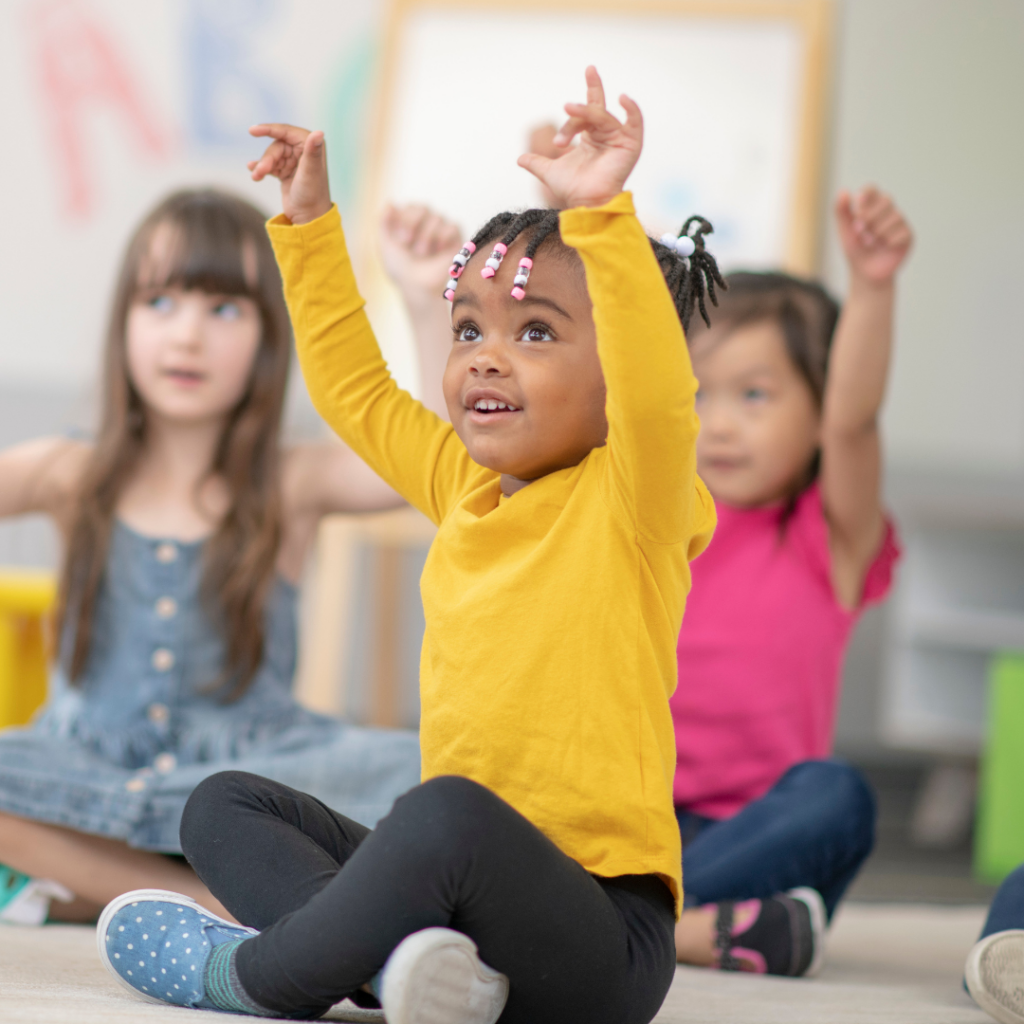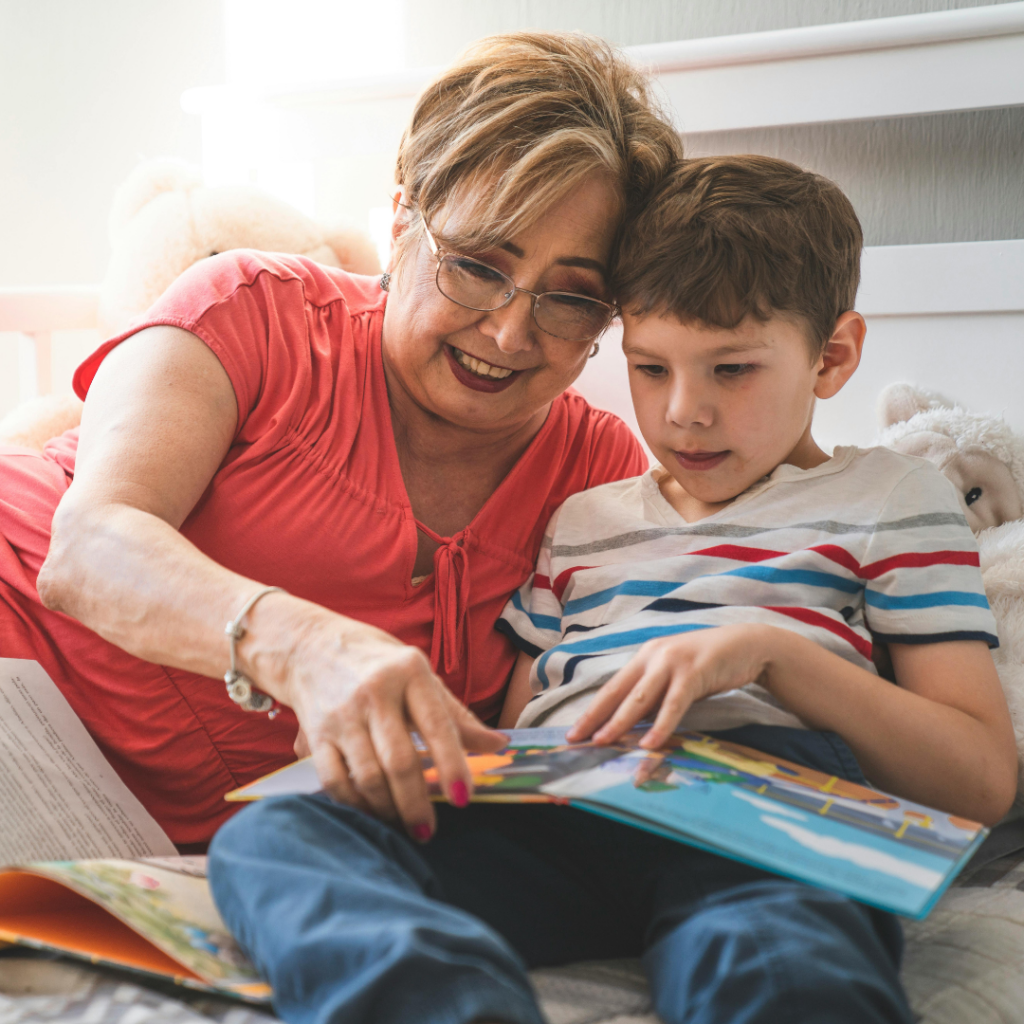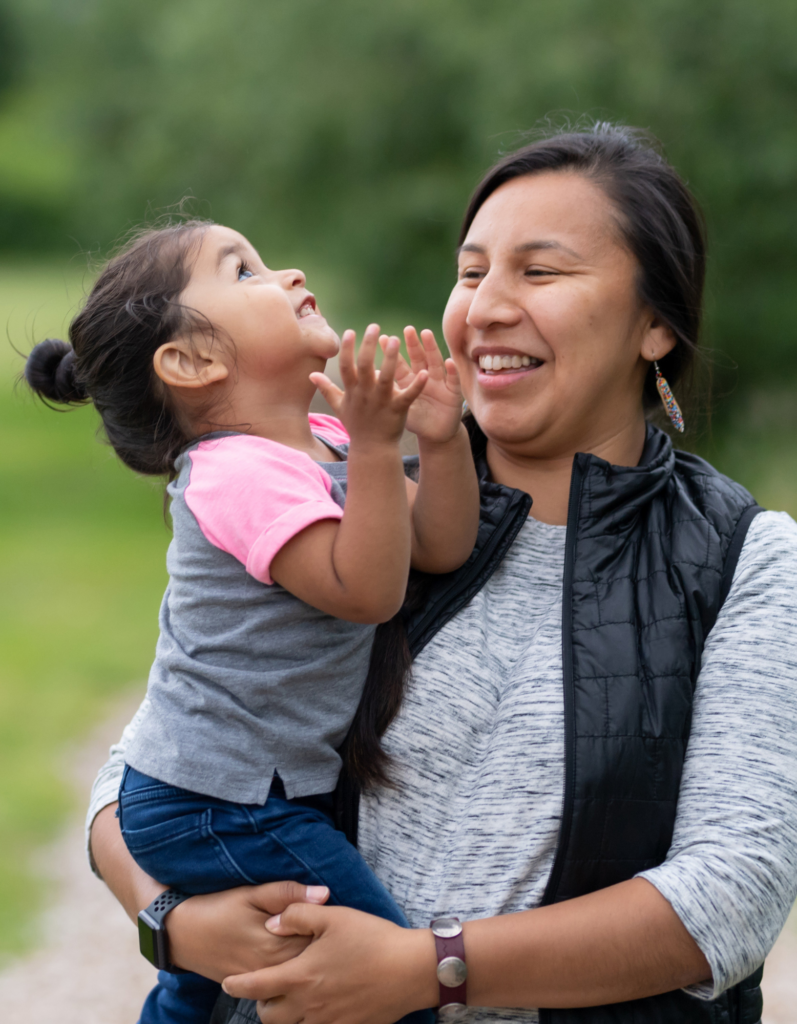Children’s librarians are storytellers, and with that storytelling comes the natural propensity to add music and rhyme into our Storytimes. Most often, Nursery Rhymes become the addition of choice thanks to their universal accessibility, their influence across generations, and their overall support of the hallmarks of Early Literacy. But are all Nursery Rhymes built the same way? That’s what we came together to discuss in this month’s CLEL Member Meetup.
Twenty-four professionals from across the United States joined together to share insights and opinions regarding their own experiences with Nursery Rhymes in their unique settings. And as the conversations became uncomfortable at times, our professional approach to connecting with others through the lens of kindness and acceptance while assuming positive intent helped to navigate the moments when we were learning and growing from the conversations we had.

Nursery rhymes sometimes have unsavory roots, alienating one culture or another through their words or message.
We talked about how Nursery Rhymes sometimes have unsavory roots, alienating one culture or another through their words or message. One example was the “Five Little Indians” rhyme, whose origins are demeaning toward Indigenous people. Many librarians over the years have attempted to make the rhyme more appropriate by changing the words to “five little fingers” or “diez deditos” in order to remedy the hurt while inviting older generations to sing along with a tune they may have found familiar. In recent times, more librarians have decided not to use the tune at all, since it may remind people of the original lyrics and the pain they have inflicted.
This dovetailed into an additional conversation about songs like “Five Little Monkeys Jumping on the Bed,” whose roots are in slavery and racism and “Baa Baa Black Sheep,” whose connotation now links to racism and slavery (despite its original meaning relating to the taxation of sheep’s wool). In most cases, librarians have decided to no longer incorporate “Five Little Monkeys Jumping on the Bed” because of the dark past associated with the song. But with “Baa Baa Black Sheep,” the lyrics themselves are the challenge, yet the tune is the same as “Twinkle Twinkle Little Star” and the Alphabet Song in the United States. Where, then, is the line when it comes to determining whether or not to continue to use a tune when it has multiple song lyrics associated with it?
As the conversation continued to flow, we dove into the fact that there are intergenerational relationships between children and their caregivers, and often the older generations have grown up with songs that are no longer appropriate for a contemporary audience. However, we want to ensure those intergenerational relationships are reinforced as much as we can through shared language and song. One recommendation was to invite everyone in your Storytime setting to learn something new – not just the children. And it’s always important to make your Storytime as welcoming as possible by singing the songs that build up our civilization instead of breaking it apart.
By modeling positive, inclusive behavior, we can encourage the same actions in life outside of our storytimes as well.

Librarians have a unique place in the community of early learning educators in that we have the opportunity to speak to both children and their caregivers on a regular and meaningful basis. And by modeling positive, inclusive behavior, we can encourage the same actions in life outside of our Storytimes as well.
Because our conversation was so rich, we weren’t able to get to everything we had intended to discuss. So, I bring these questions to you here: if we are making our Storytimes as inclusive as possible, what songs/rhymes are you using that are speaking to your LGBTQIA+ community? To your intergenerational community? To your immigrant or non-English speaking community?
One more thought to leave you with – if there are conflicts with some of the tunes associated with the Nursery Rhymes from generations past, where are the new tunes we should use going forward? Who is creating these songs to help us build a repertoire of songs that do not have connections to painful and deleterious circumstances?
As our conversation flowed, several links were shared to resources that continue the learning and growth possible as we improve our understanding of one another. Those links are shared below. And as one of our attendees said, “as we know better, we do better,” and that is our invitation to you today. Do what you can to learn as much as possible about the things you are sharing with your children and families and make the decisions relevant to that information. If you have a coworker who hasn’t yet learned, invite them into the conversation by sharing what you have discovered and keep the conversation going in a supportive way.

Together, we can ensure that [storytimes] are positive, encouraging experiences…[that] build a strong foundation for the community as a whole.
Together, we can ensure that the Storytimes we provide are positive, encouraging experiences that support the intergenerational relationships of the people in our sphere while helping to build a strong foundation for the community as a whole.
While these conversations are not always easy, they are important to have and continue having. Please share other relevant resources and experiences in the comments below, and we can all continue learning from one another.
If you didn’t get a chance to complete the survey following this meeting, please open the CLEL Member Networking Session Feedback form and let us know what you think!
Resources Shared by Members
Please see below for resources shared by our fantastic CLEL community:
- Song Lists from the Know Better Do Better Project
- Do Your Ears Hang Low? alternatives from Storytime Solidarity
- Problematic Songs and Safe Alternatives Google sheet from Storytime Solidarity
- Cluck Cluck Red Hen lyrics by Raffi (alternative to Baa Baa Black Sheep)
Last, if you are inclined to join in an ongoing conversation about Nursery Rhymes, please feel free to join CLEL Steering Committee co-chair Mary Lanni on her YouTube channel here: https://www.youtube.com/playlist?list=PLTOmY5arhawWuybXN49YyyAwhvFSjcxHz
